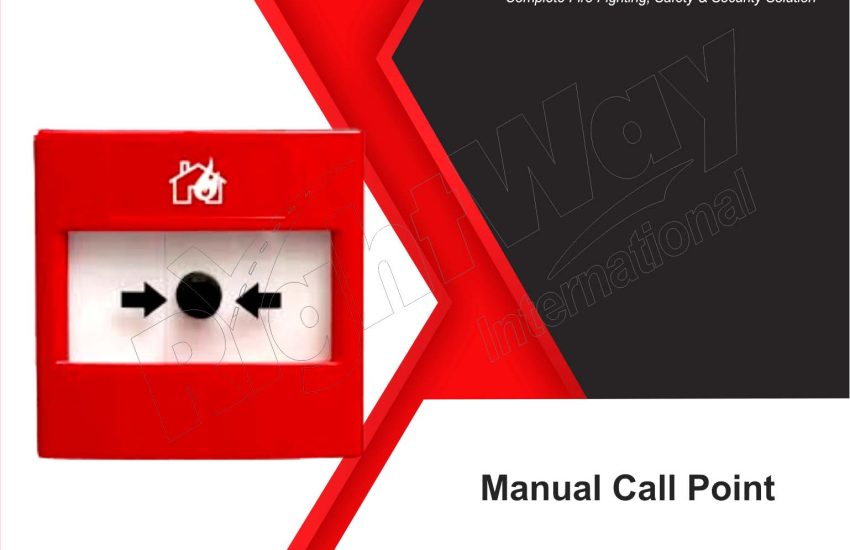Manual Call Point (MCP) play a crucial role in allowing individuals to initiate an alarm in the event of a fire. Understanding the specifications, types, and benefits of MCPs is essential for ensuring effective fire safety in various environments. This article provides a comprehensive overview of manual call points, their specifications, and key considerations when selecting one for your needs.
What is a Manual Call Point (MCP) in Fire Alarm Systems?
A Manual Call Point (MCP) allows individuals to manually trigger an alarm when they detect smoke or fire. Installers strategically place MCPs in buildings to ensure quick access and easy activation during emergencies. They are a critical component of fire safety protocols in commercial, industrial, and residential settings.
Types of Manual Call Points (MCPs): Understanding Single Action and Double Action Options:
- Single Action Manual Call Points: These devices require a single action to activate, usually by breaking a glass pane.
- Double Action Manual Call Points: These MCPs require two actions to activate, adding an extra layer of security against false alarms. Users must press a button and pull a lever or break a glass.
- Weatherproof Manual Call Points: These MCPs withstand moisture and dust, making them ideal for outdoor or harsh environments.
Specifications of Manual Call Points:
When selecting a Manual Call Point, keep in mind the following specifications:
- Operating Voltage: Most MCPs operate at 12V or 24V DC, ensuring compatibility with standard fire alarm systems.
- Material:Choose MCPs made from durable materials like ABS plastic or metal for enhanced longevity and impact resistance.
- Mounting Type: You can surface-mount or flush-mount MCPs based on your installation requirements.
- Indicator Light: Many MCPs feature a built-in LED that indicates system status, ensuring clear visibility for users.
- Dimensions: Standard dimensions often range from 90mm x 90mm x 50mm, but sizes may vary by manufacturer.
- Environmental Rating: Check the IP rating (Ingress Protection) to confirm that the MCP suits environments exposed to moisture or dust.
Benefits of Manual Call Points:
- Quick Activation: MCPs allow for immediate activation of fire alarms, enabling a faster response to potential fire hazards.
- User-Friendly: Their design is straightforward, making it easy for anyone to use in an emergency.
- False Alarm Prevention: Double action MCPs minimize false alarms, reducing unnecessary evacuations and disruptions.
Installation and Maintenance:
Proper installation and maintenance of Manual Call Points are essential for optimal performance:
- Placement: Install MCPs in easily accessible locations, such as near exits, stairwells, and high-traffic areas.
- Height: MCPs should be mounted at a height of 1.4 meters (approximately 4.5 feet) from the floor for easy access.
- Regular Testing: Conduct routine inspections and tests to ensure MCPs are functioning correctly. Replace any broken or damaged units immediately.
Conclusion:
Manual Call Point are crucial in fire safety systems, providing a simple method to activate alarms in emergencies. By understanding the types, specifications, and benefits of MCPs, you can make informed decisions about fire safety in your environment. For optimal fire protection, ensure that MCPs are installed properly and maintained regularly.


